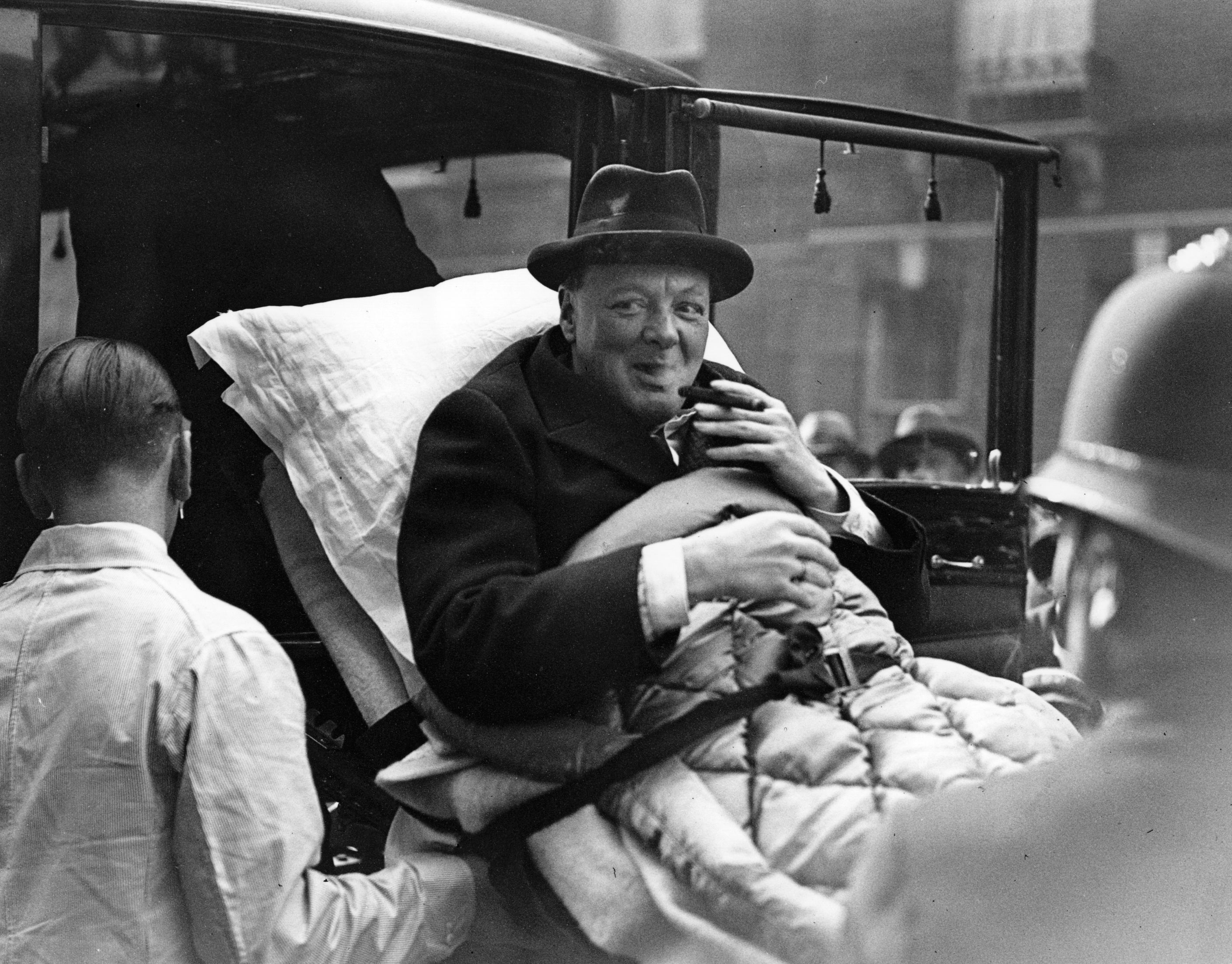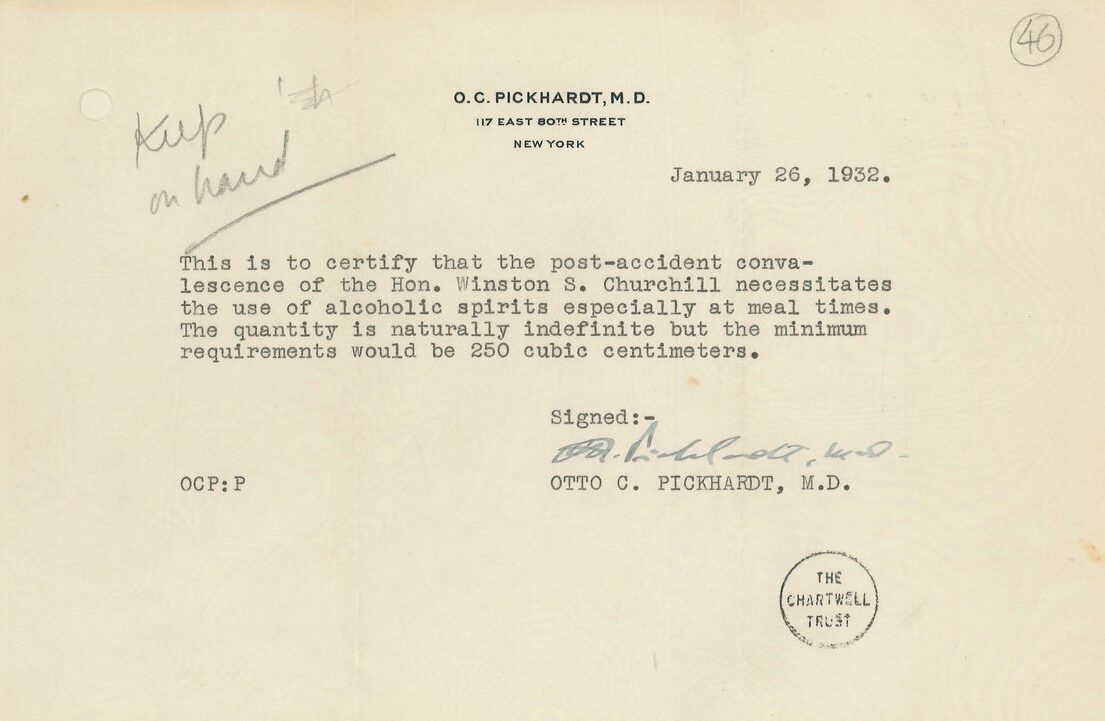Prohibition — what started as a sincere attempt to curb domestic violence and uphold the “traditional” values of the home quickly descended into the strangest, nay, darkest 13-year period in American history.
However, the 18th Amendment couldn’t keep Americans down for long, and ingenious men and women quickly got around some of the trickier temperance laws — giving rise to bootleggers, speakeasies, and moonshine so strong that it could make a horse start slurring.
Others took another legal, albeit slightly spurious route in order to imbibe — a doctor’s note.
During this period, the U.S. Treasury Department authorized physicians to write prescriptions for alcohol for “medicinal” purposes. For doctors, it turned out to be quite a lucrative gig. “Every ten days, patients willing to pay about $3 for a prescription and another $3 or $4 to have it filled could get a pint of booze,” writes the Smithsonian.
Medical professionals touted that daily doses of alcohol could stave off, among other things, cancer, indigestion, and depression. It was the 1920s equivalent to CBD oil marketing, apparently.

“Presumably, doctors were doing examinations and diagnoses, but it was mostly bogus,” Daniel Okrent, author of Last Call: The Rise and Fall of Prohibition, told the Smithsonian in 2013.
“There may have been some people who were being prescribed because there was a perceived medical need, but it was really a way for some physicians and pharmacists to make a few extra bucks,” Okrent continued.
In 1931 Winston Churchill, a notorious drinker himself, took no chances during a visit to New York. In town to give a series of lectures on “the Pathway of the English-Speaking Peoples,” Churchill was struck by a car moving about 30 miles an hour. Dragged several feet onto the road, Churchill suffered bruising to his right chest, a sprained right shoulder, and abrasions cutting across his forehead and nose.

Not one to convalesce without hooch, Churchill’s American doctor, Otto C. Pickhardt, prescribed the British statesman “the use of alcoholic spirits especially at meal times.” Adding that “the quantity is naturally indefinite but the minimum requirements would be 250 cubic centimeters.” That’s a bit more than 8 ounces per day.
Champagne does wonders for bruises and sprains, didn’t you know?
And while Prohibition would not be repealed for two more years, thanks to American innovation and doctors looking to make a quick buck, the booze kept on a’flowin’ across the land of liberty. Cheers to that.





